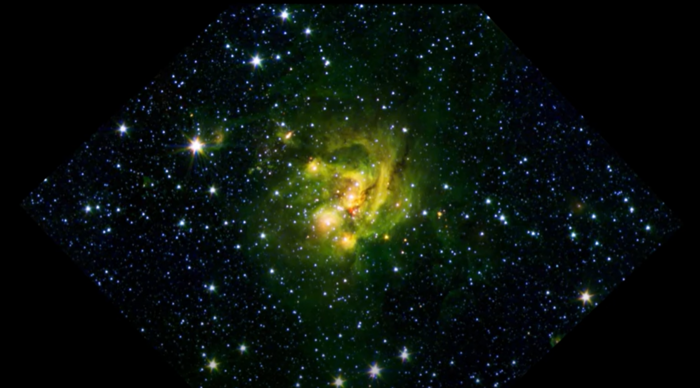For the first time, the paths followed by the wind blown away by a rising star have been directly observed, of which up to now there was only indirect evidence.
The discovery, published in the journal Nature Astronomy, is the work of an international group of researchers led by the Italian Luca Moscadelli, of the National Institute of Astrophysics (Inaf), and was made thanks to the observations made with the Very Long Baseline Interferometry (Vlbi ) array, a global network of 26 radio telescopes distributed across Europe, Asia and the United States.
This technique allows to simulate a giant telescope with a diameter comparable to the terrestrial one and to reach an extremely high resolution and sensitivity.
The researchers were able to observe, around the star about 5,300 light years away from us, the signal emitted by the water molecule in the radio band, called 'maser': it is the equivalent of a laser in the microwave band and, just like the laser is a very intense beam of radiation.
The observation of this signal allowed the researchers to detect, for the first time in a direct way, two different paths followed by the flow of the wind emitted by the stellar accretion disk: the first jet followed a spiral path, while the second rotated together. to the disc at greater distances.
"This work shows that observing water emissions in the vicinity of forming stars using the Vlbi technique can be a unique tool for studying the physics of stellar wind jets in unprecedented detail," says Moscadelli.
"We have performed new observations including all the telescopes available in the Vlbi network - adds the Inaf researcher - with the aim of simulating next generation radio interferometers that will improve the current sensitivity by over an order of magnitude".



